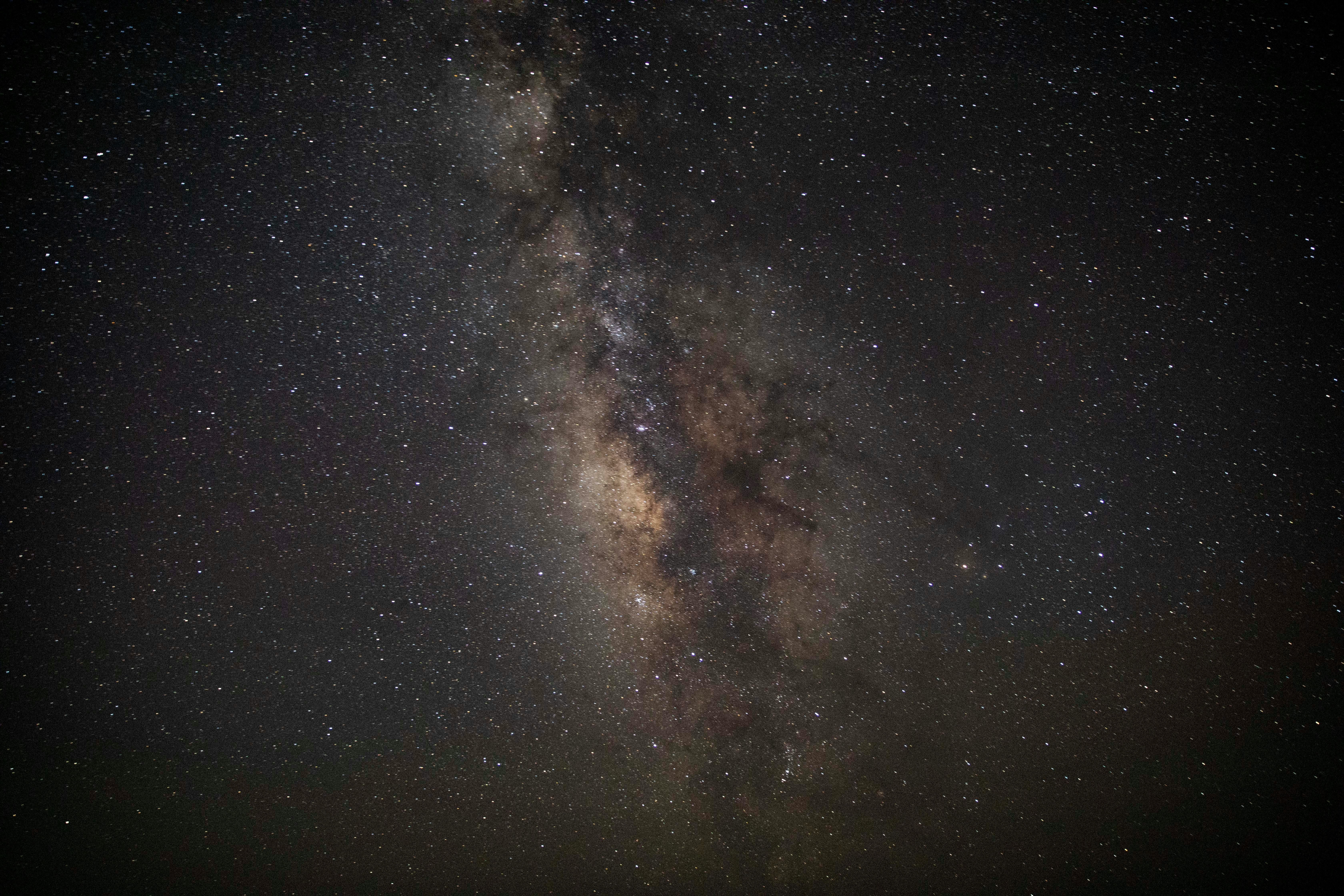
The James Webb Space Telescope (JWST) is, as anyone who has followed the telescope knows well, an extremely powerful device capable of feats of astronomy far beyond its predecessors. But such a device can also reveal what astronomers might not expect.
That was the case when a team of researchers looked into a relatively dark patch of the Milky Way center, hoping to find the traces of newly forming stars. Instead, they found new evidence for large quantities of carbon monoxide ice.
The astronomers published their findings in The Astrophysical Journal.
The Universe’s second-most common molecule
A deadly poison on Earth, carbon monoxide is actually the second-most common molecule in the universe. The most common, hydrogen, is hard to see directly, so astronomers use carbon monoxide as a kind of tracer to see where gas (carbon monoxide, hydrogen, and other) lies and how it’s behaving — for instance, in newly forming star systems.
But carbon monoxide is not always a gas. In parcels of space that are cold enough, carbon monoxide can stick to dust grains and freeze into particles of ice. Astronomers knew this, but they lacked the equipment to see celestial carbon monoxide snowflakes properly. They needed a sufficiently powerful infrared telescope.
As it happens, JWST is one such telescope.
JWST’s accidental discovery
The paper authors directed JWST’s eye to a patch of our galaxy’s center that astronomers call G0.253+0.016 — or, more enticingly, “the Brick.”
Here is a colder-than-average, darker-than-typical parcel of the Milky Way that received its nickname due to its lack of stars. “It seems to be right at a very early stage, just before star formation has started,” says Adam Ginsburg, an astronomer at the University of Florida and one of the paper authors.
Ginsberg and his colleagues wanted to better understand the Brick’s inner workings, so they tapped JWST to look at the cloud, hoping to show evidence of carbon monoxide. Like any substance, carbon monoxide absorbs infrared at certain wavelengths; astronomers can reconstruct it from the fingerprints it leaves behind.
But carbon monoxide gas alone could not account for what the authors saw. Add carbon monoxide ice, however, and the picture becomes more complete.
A lesson in infrared
Why carbon monoxide ice exists in the Brick at all is something of a mystery. We know that, in space conditions, carbon monoxide ought to freeze at a much cooler temperature — around 20K (-423 F) — than here on Earth, as it lacks atmospheric pressure. It’s possible that dust grains in the Milky Way center are cooler than their surrounding gas. It’s also possible that another substance — such as water, which freezes in space at around 100K (-280 F) — can crystallize into ice and trap carbon monoxide with it.
But, Ginsburg says, these results teach future JWST users what not to do. “For the science we want to do, the [carbon monoxide] ice is actually going to be a problem,” he says. If astronomers want to look at how stars form in environments like the Brick, they’ll want to use different sets of infrared wavelengths.
And if prodigious amounts of carbon monoxide ice exist in the heart of our own galaxy, the authors say, then it stands to reason that we might find ice in other galaxies’ cores.







